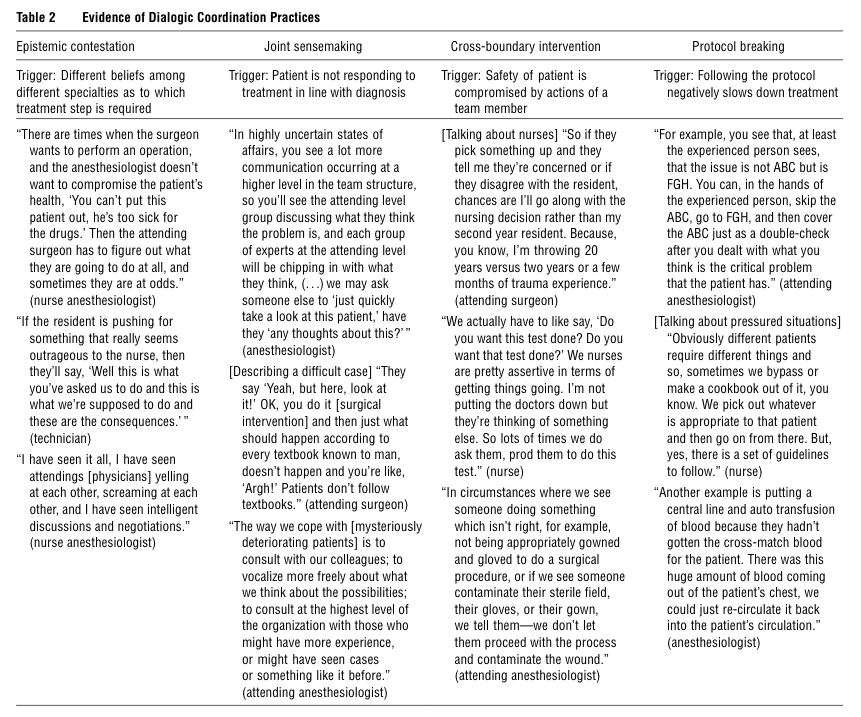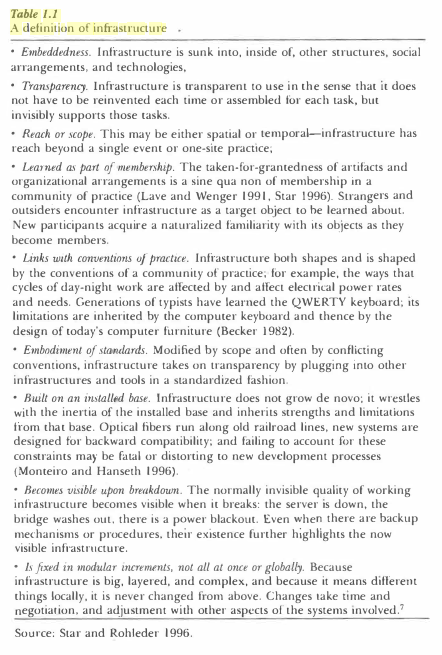p. 131-132
Clark and Mayer provide a brief summary of the boundary conditions, the situations in which learners benefit from the use redundant on-screen text. These situations include adding printed text when 1) there are no graphics, 2) the presentation rate of the on-screen text is slow or learner-controlled, 3) the narration includes technical or unfamiliar words, and the 3) on-screen text is shorter than the audio narration.
The first three conditions described bear some similarity to closed caption use by students in legal education watching class lecture videos, especially students in first-year courses. Typically, the students are viewing videos with very few detailed graphics, they have control over the speed, pause, review, and advance features of the video player, and the narration provides numerous legal terms.
Although closed captions are intended for hard of hearing and deaf viewers, they may have some benefits for other learners if the boundary conditions described by the authors turn out to be true. Dello Stritto and Linder (2017) shared findings from a large survey of post-secondary students reporting that a range of students found closed captions to be helpful.
Dello Stritto, M. E., & Linder, K. (2017). A Rising Tide: How Closed Captions Can Benefit All Students. Educause Review Online. https://er.educause.edu:443/articles/2017/8/a-rising-tide-how-closed-captions-can-benefit-all-students

